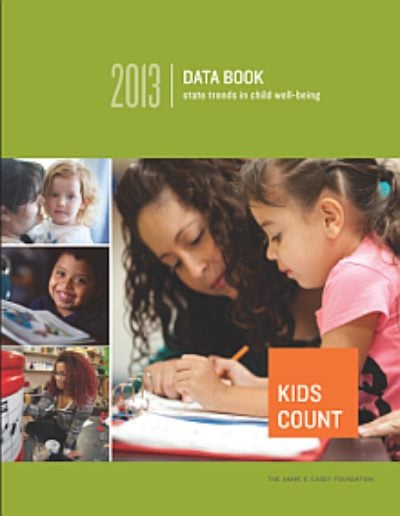Greater Risks
Young children face greater risks to their well-being than older children; they are more like to live in a single-parent household and they experience higher rates of poverty.

The KIDS COUNT Data Book is an annual publication that assesses child well-being nationally and across the 50 states. The 2013 report calculates a composite index of overall child well-being for each state derived from 16 key indicators grouped into four domains that capture what children need to thrive: (1) economic well-being, (2) education, (3) health, and (4) family and community. For 2013, the three highest-ranked states for child well-being were New Hampshire, Vermont and Massachusetts; the three lowest ranked were Nevada, Mississippi and New Mexico. The report also provides national trends, comparing recent data with data from mid-decade. The findings indicate that child health and education improved despite the recession, but economic and family/community well-being declined, with an increase in child poverty, insecure employment among parents and more children and families living in high-poverty neighborhoods.
Children continue to make progress in the areas of health and education: for example, the proportion of children without health insurance decreased from 10% to 7% in three years; the teen birth rate dropped to a historic low; and the rate of high school students not graduating on time declined from 27% to 22% over five years.
The economic well-being of children and families continues to lag in the aftermath of the recession. The child poverty rate for 2011 was 23%, up from 19% in 2005. The percent of children whose parents lacked full-time, year-round employment increased from 27% to 32% between 2008 and 2011.
We hope you'll find value in this report. We’d love to get a little information from you, which we'll use to notify you about relevant new resources.